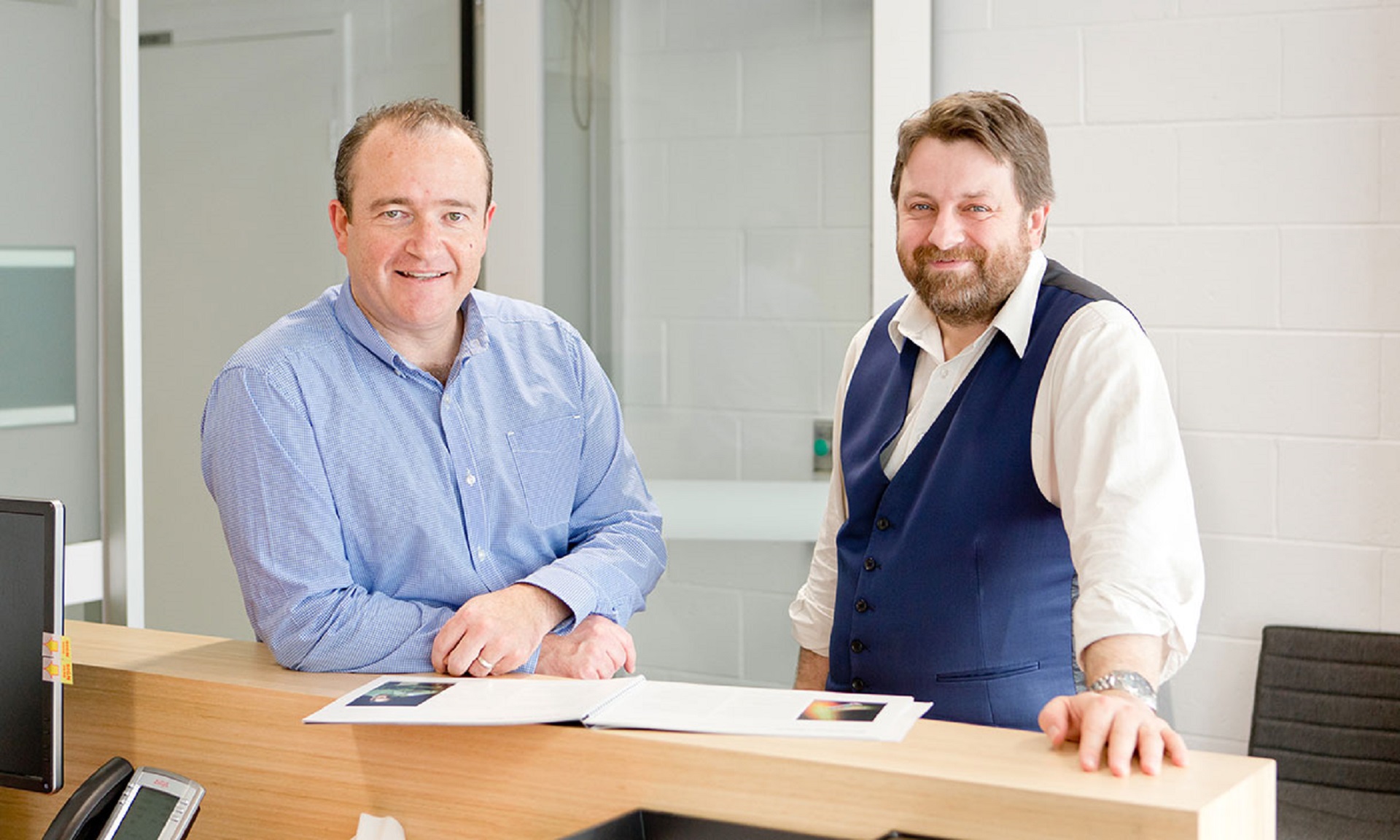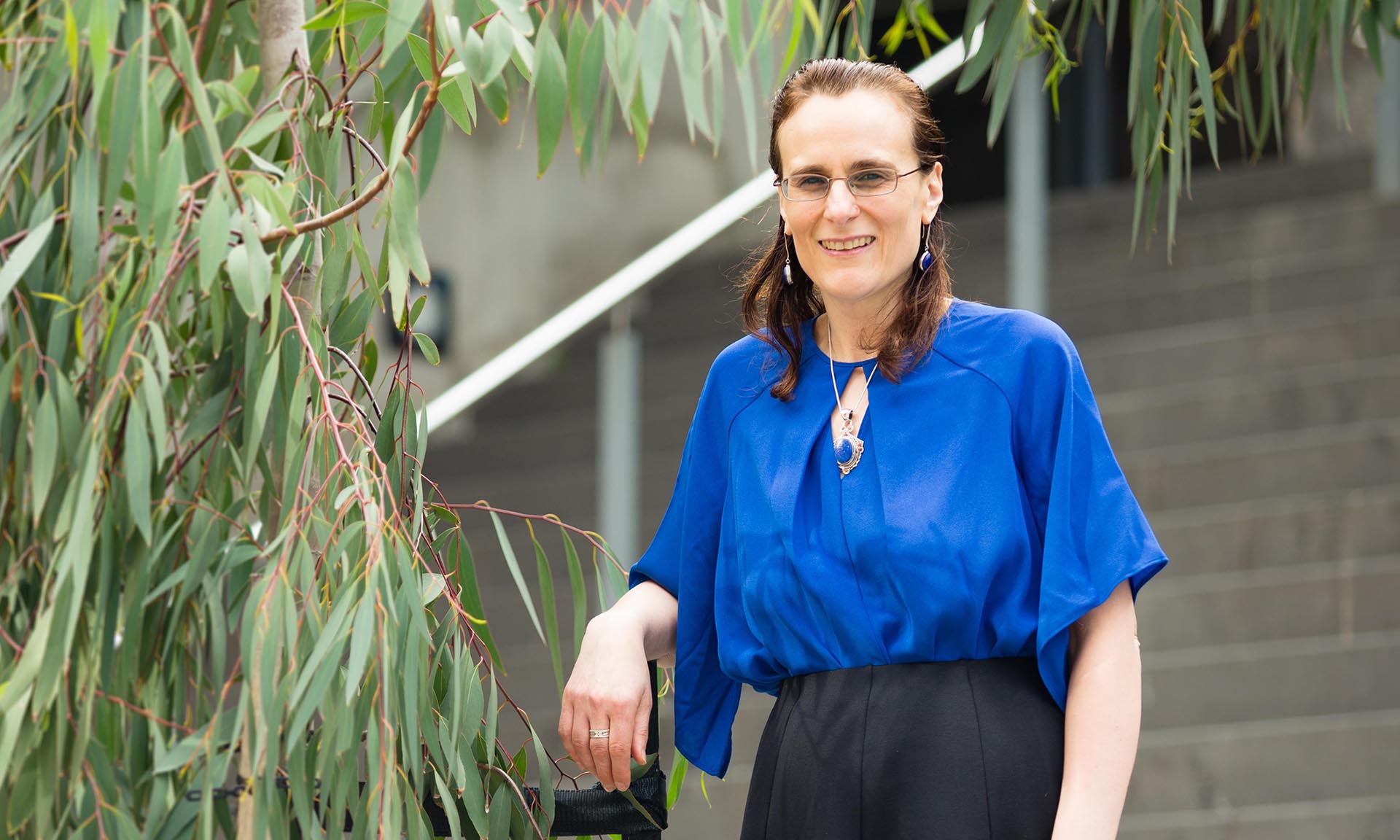With the emerging convergence of nanoscience and photonics, the researchers are harnessing the opportunity of using light to interrogate nanoscale domains and achieve unprecedented localised measurements.
“At RMIT we focus on optics,” Gibson says.
“We have advanced custom-made microscopes that we use for nanoparticle detection, and we’re also building new kinds of optical fibre endoscopes, so medical professionals can search even more deeply inside the body.
“Our theoretical team is working on new ways to detect and generate ultrasound with light, and developing new protocols for microscopy.”
To this end, RMIT’s long-established expertise in nanoscience and nanotechnology – the study and application of extremely small things – is feeding into key themes within the CNBP and already making breakthroughs.
“With a partner from the University of Adelaide, we have developed a new mobile phone microscope to be used for tracking sperm that can help diagnose male infertility,” Gibson says.
“We have also been performing new, non-invasive imaging of mammalian eggs to understand the biochemistry of the first days of life, which could ultimately lead to higher success rates for clinical IVF.”
At RMIT, the centre’s pioneering work also involves undergraduate and postgraduate science students.
“We have students working as researchers and they are included in all aspects of the work – there are few things as satisfying as the joy of sharing knowledge,” Gibson says.
“We love it when the students understand new concepts, and love it even more when they can share with us what they have learnt.”
Such diversity in the research teams is welcomed by Greentree, as new perspectives are crucial to such a meeting of minds as the CNBP.
“We're all different – my specialisation is theoretical physics, especially quantum physics – but I love the unknown,” he says.
“To see something in a new way, to learn a new fact, to witness a new phenomenon, it's the ultimate exploration.
“These are the most exciting uncharted frontiers in the map of science, and we have the privilege to extend the boundaries.”
Greentree says the multidisciplinary nature of nanotechnology is revolutionising science and involving students from different disciplines in the cutting edge of CNBP research is crucial preparation for future challenges.
“At RMIT, we understand that nanotechnology is critical in the 21st century,” he says.
“No other field of science has such potential to dramatically change the way we live, and that’s why nanotechnology is increasing in its importance; contributing greatly to the world economy and benefitting future generations.”





